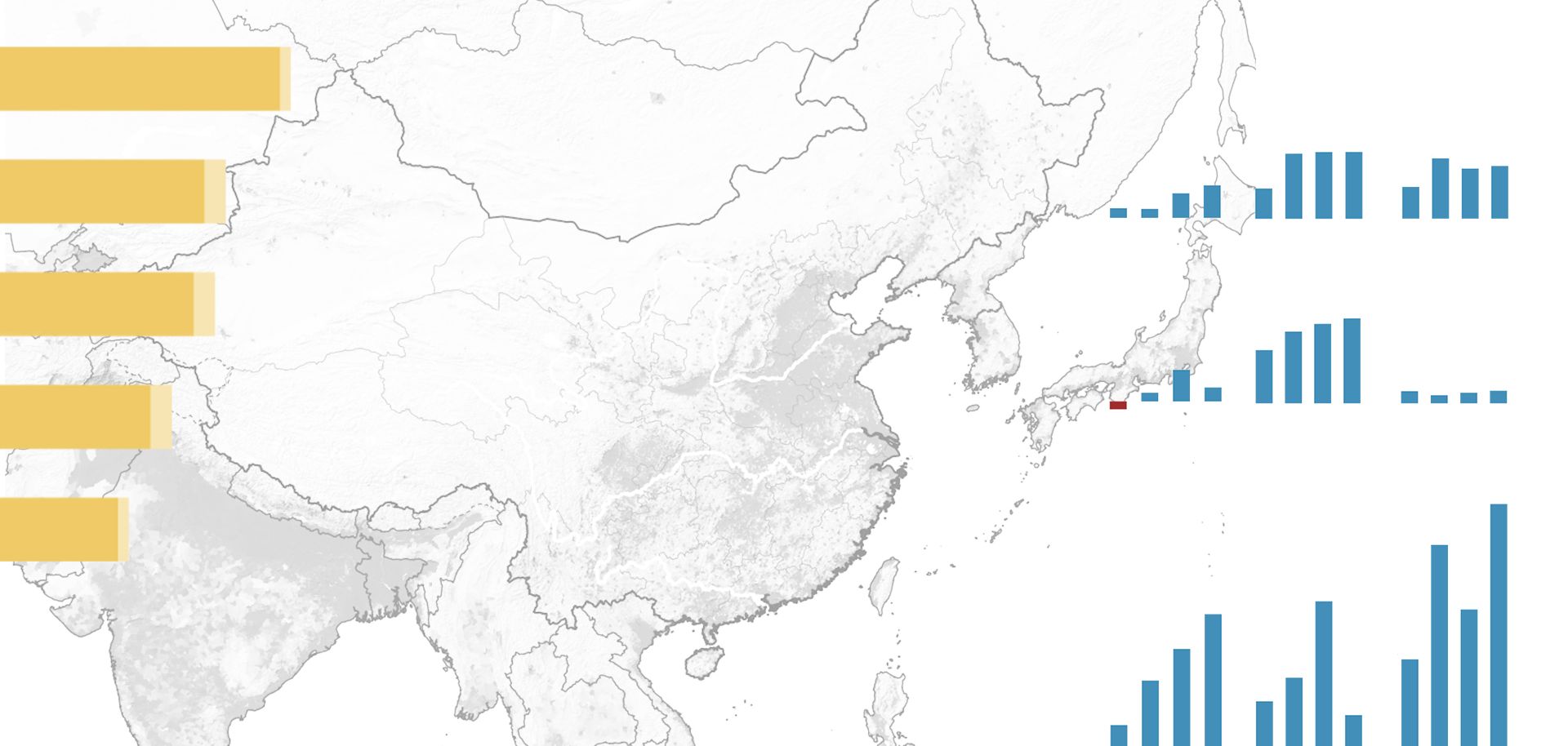
On Feb. 26, Moscow announced surprise military drills involving the Russian military district that shares a border with Ukraine. These drills have placed more than 150,000 personnel throughout the Western Military District and select units of the Central Military District on alert. Each military district functions as a unified command that oversees all branches of the military within its geographical boundaries and is designed to be operationally independent in a conflict. Specifically mentioned in the news release about the exercise were airborne units, strategic airlift, rocket forces, the Baltic and Black Sea naval fleets, and air force units. Similar exercises have been conducted over the past year and a half in the other military districts.
Clearly, these exercises were prompted because of the events within Ukraine. Beyond that, however, an exercise of this type has a practical purpose under current conditions. First, it allows commanders to verify operational readiness. Second, the act of preparing for and conducting exercises reduces the lead-time for deployment in the event of a real military conflict. Finally, it can enable operational surprise. For example, if observers suspected Russian action in Crimea and the military suddenly burst into frenetic activity, it would be a good sign that an operation could be imminent. Since the exercise is being held and movement is already underway, serious operational initiation or pre-positioning can be lost in the commotion, much as we saw in the Russia-Georgia conflict.



